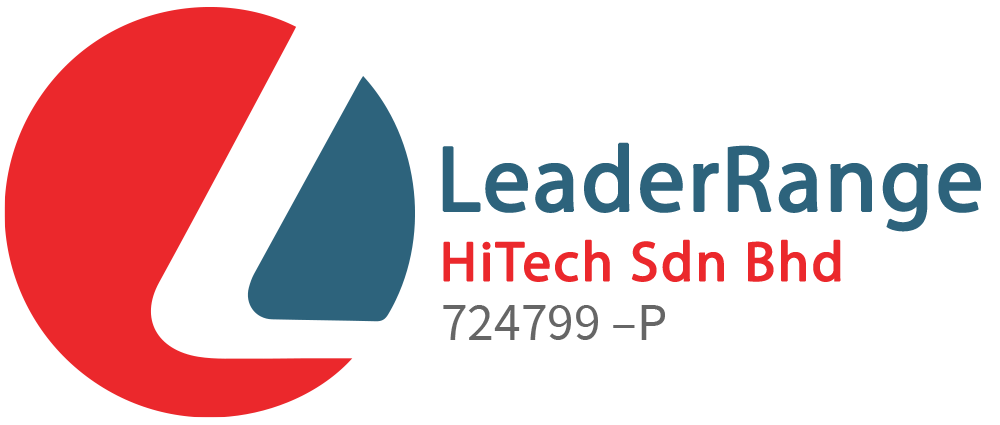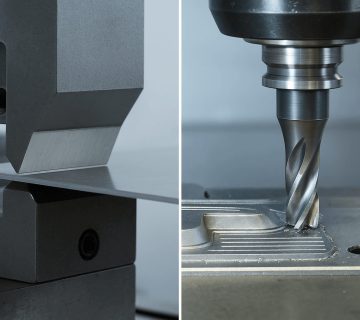Have you ever wondered how intricate components used in the semiconductor industry maintain their flawless precision during mass production? One critical answer lies in the use of ejector pins. These precision tools may not grab the spotlight, but their role in ensuring defect-free molding processes is indispensable. Ejector pins facilitate the clean and accurate removal of molded parts, preventing damage and ensuring consistent quality.
This article covers what ejector pins are, their applications in the semiconductor industry, the different types available, and tips for selecting the right one. It also highlights why these tools are essential for achieving excellence in this demanding field.
What Are Ejector Pins?
Ejector pins / ejector needles are slender, rod-like components used in injection molding to push molded parts out of a mold after they’ve solidified. They play a critical role in ensuring smooth and efficient production by facilitating the release of components without distorting their shape or compromising their precision.
Typically made from hardened steel, stainless steel, or other durable materials, ejector pins are designed to withstand high pressures and temperatures. They must maintain their shape and structural integrity despite repeated use in challenging manufacturing environments.
Their ability to operate seamlessly ensures consistency and quality in mass production, making them indispensable in industries where precision is paramount.
Key Applications of Ejector Pins in the Semiconductor Industry
The semiconductor industry demands exceptionally high standards of precision and cleanliness. Ejector pins contribute significantly to this by enabling the production of intricate components required for semiconductor devices.
1. Injection Molding of Semiconductor Components
Ejector pins are integral to the injection molding process, ensuring the precise ejection of components such as microchips, connectors, and casings. Their reliability minimizes the risk of defects or damages, which is crucial for parts that often have microscopic tolerances.
2. Custom-Made Semiconductor Equipment
Beyond standard injection molding, ejector pins are used in custom manufacturing setups for semiconductor equipment. This includes creating housings, wafer handling tools, and other critical components. Their versatility allows manufacturers to produce parts with unique geometries and specifications.
3. Enhancing Efficiency and Scalability
In a fast-paced industry like semiconductors, production efficiency is key. High-quality ejector pins support rapid and large-scale production without compromising quality, meeting the increasing demand for semiconductor components in markets such as consumer electronics, automotive, and telecommunications.
The Common Types of Ejector Pins
Ejector pins come in various types, each suited for specific applications. Understanding these differences is essential for selecting the right pin for the job.
1. Standard Ejector Pins
These are the most commonly used ejector pins, featuring a uniform diameter and straightforward design. They are suitable for general-purpose molding applications.
2. Ejector Needles
Ejector needles are thinner and more precise than standard pins. They are ideal for ejecting small or delicate parts, especially in applications requiring extreme accuracy, such as micro-molding.
3. Step Ejector Pins
Step ejector pins feature a stepped design, with varying diameters along their length. This design allows them to accommodate molds with unique geometries or parts requiring specialized ejection mechanisms.
By selecting the appropriate type of ejector pin, manufacturers can enhance their production processes and achieve better results tailored to specific needs.
Precision Tools for Injection Molding
Injection molding plays a crucial role in semiconductor manufacturing, and tools like ejector pins are key to its success. They help ensure that every component produced matches the exacting standards needed for high-performance applications.
1. Ensuring Dimensional Accuracy
Ejector pins help maintain the dimensional accuracy of molded parts by ejecting them cleanly and without distortion. This precision is essential for semiconductor components, where even minor deviations can impact functionality.
2. Reducing Defects and Waste
High-quality ejector pins reduce the likelihood of defects such as warping, cracking, or surface imperfections. This minimizes material waste and enhances overall production efficiency.
3. Enhancing Mold Longevity
Precision tools also protect the integrity of the mold itself. Properly designed and maintained ejector pins distribute force evenly, reducing wear and tear on the mold and extending its lifespan.
Factors to Consider When Selecting Ejector Pins
Choosing the right ejector pins is critical for achieving optimal results in semiconductor manufacturing. The material of the ejector pin plays a key role in determining its durability and resistance to wear. For instance, hardened steel is often chosen for its strength, while stainless steel is preferred for its corrosion resistance in applications that require higher cleanliness standards.
The size and shape of the ejector pin must align perfectly with the mold’s specifications and the parts being produced. This ensures that the pins can eject components effectively without causing damage. Additionally, compatibility with mold design is crucial, as different molds have unique requirements. For more complex or unconventional geometries, custom-designed pins may be necessary.
Also, a smooth surface finish is essential for reducing friction and wear, which not only enhances the performance of the pins but also extends their lifespan.
Why Ejector Pins Are Indispensable in the Semiconductor Industry
Ejector pins are more than just tools; they are enablers of precision, efficiency, and innovation in semiconductor manufacturing. Their ability to consistently produce high-quality components supports the industry’s drive for miniaturization, performance enhancement, and scalability.
1. Supporting Advanced Manufacturing
As the semiconductor industry evolves, the demand for advanced manufacturing techniques continues to grow. Ejector pins play a pivotal role in enabling these techniques by providing the precision and reliability needed to produce cutting-edge components.
2. Enhancing Competitive Advantage
Manufacturers who invest in high-quality ejector pins gain a competitive edge by improving production efficiency, reducing defects, and meeting the stringent demands of their clients.
3. Future-Proofing the Industry
With ongoing advancements in materials and technology, ejector pins are set to become even more integral to semiconductor manufacturing. Innovations such as coatings and enhanced designs promise greater durability and performance, ensuring their relevance in the future.
Conclusion
Ejector pins are vital tools in semiconductor manufacturing, ensuring the production of precise, high-quality components with consistent efficiency. They play a critical role in injection molding and custom manufacturing processes, making them an essential part of the industry’s success.
By understanding the types of ejector pins, their uses, and key factors in their selection, manufacturers can improve their processes and foster innovation. As semiconductor technology advances, ejector pins will continue to support precision manufacturing and drive the reliability of cutting-edge technologies.

